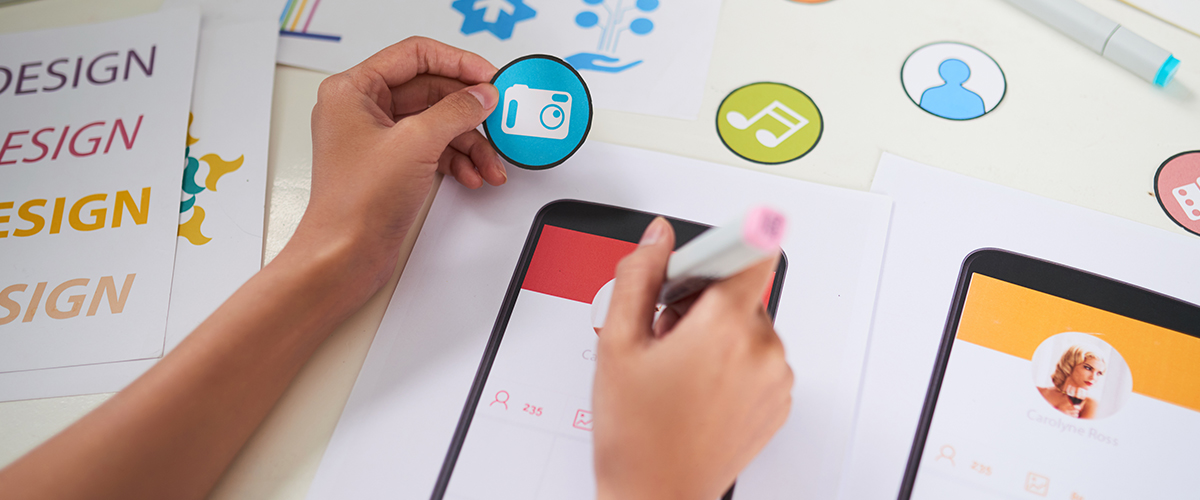UX UI Design Creating Seamless Digital Experiences in the Era of Digital Agencies
UX/UI design plays a pivotal role in creating seamless digital experiences in the era of digital agencies. Explore how these design elements enhance user interactions and drive success.
Defining UX and UI
User Experience (UX) and User Interface (UI) are two distinct yet interconnected aspects of design. UX focuses on the overall experience and satisfaction a user has when interacting with a digital product, while UI is concerned with the look and feel of the product. A harmonious balance between the two is essential for creating a seamless user experience.
Enhancing Usability and Navigation
Effective UX design ensures that a digital product is intuitive and easy to navigate. It involves creating clear user paths and minimizing friction at every interaction point. Users should be able to effortlessly find what they need and complete tasks without frustration.
UI design, on the other hand, focuses on the visual elements that guide users through the digital interface. This includes layout, color schemes, typography, and interactive components. A well-designed UI contributes to the overall usability of the product, making it visually appealing and user-friendly.
Building Brand Identity and Recognition
Consistency in design is a key aspect of building brand identity and recognition. A well-crafted UI design incorporates a brand's logo, color palette, and visual style, creating a cohesive look across all digital touchpoints. This consistency helps in brand recognition and trust-building with users.
When users encounter a website, app, or digital content with a familiar and visually pleasing design, they are more likely to associate it with the brand and remember their positive experiences. This reinforces brand loyalty and drives engagement.
Optimising for Mobile and Responsive Design
In the era of mobile-first digital agencies, responsive design is imperative. UX/UI designers must ensure that digital products are accessible and functional on a variety of devices and screen sizes. This involves designing responsive layouts, optimizing images, and adapting the UI for touch interactions.
When a digital product provides a consistent and user-friendly experience across different devices, it caters to a wider audience and enhances user satisfaction. Mobile users, in particular, expect seamless interactions on their smartphones and tablets, and a well-executed design can meet these expectations.
User-Centered Design and Feedback
User-centered design is at the core of successful digital agencies. It involves understanding the needs and preferences of the target audience and incorporating their feedback into the design process. UX/UI designers collaborate with users to create solutions that address real-world problems.
Continuous user feedback, usability testing, and iteration are essential for refining digital products. A user-centered approach ensures that the final design resonates with the intended audience, resulting in higher user satisfaction and better business outcomes.
In conclusion, UX/UI design is the linchpin of creating seamless digital experiences in the era of digital agencies. By focusing on usability, navigation, brand identity, mobile optimization, and user-centered design, these agencies can deliver products that engage users, build brand recognition, and drive success in the digital landscape.

